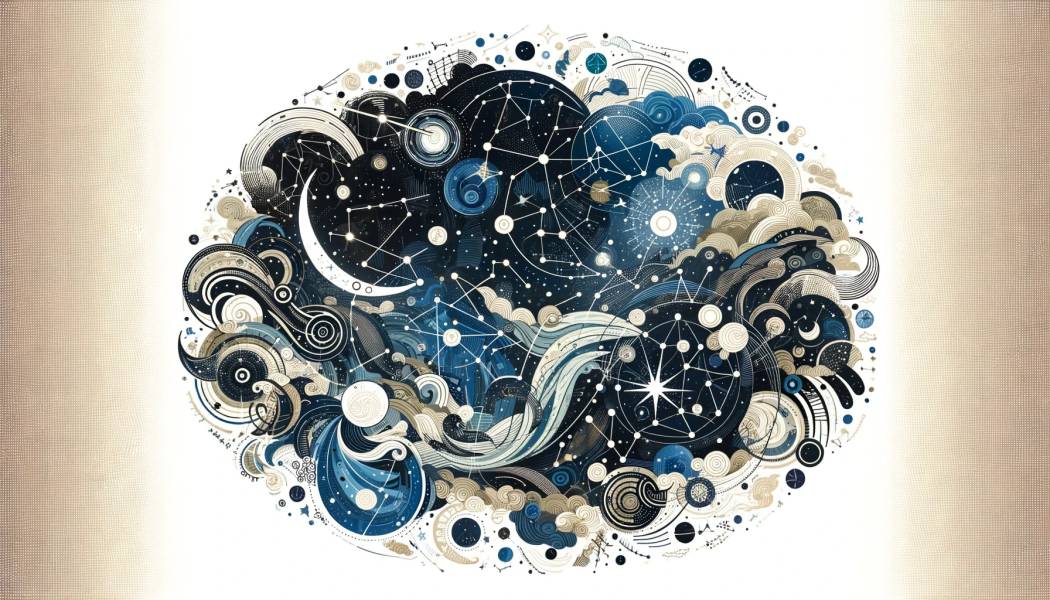The Constellations Across Cultures and Hemispheres

The night sky has always been a canvas for human imagination and storytelling. Across different cultures and hemispheres, constellations have served as a means to connect the dots in the sky, forming images that have been imbued with mythology, navigation aids, and astronomical significance.
Constellations in the Northern Hemisphere
In the Northern Hemisphere, one of the most recognized constellations is Orion. Known as 'The Hunter', Orion is a prominent constellation visible throughout the world. Its most distinctive feature is the three stars that form the 'belt' of Orion. This constellation has been interpreted in various ways by different cultures. For example, in Greek mythology, Orion was a hunter who was placed in the stars by Zeus. In contrast, in Egyptian mythology, the stars of Orion were associated with Osiris, the god of the afterlife, rebirth, and the underworld.
Constellations in the Southern Hemisphere
Moving to the Southern Hemisphere, the Southern Cross, or Crux, is one of the most distinctive constellations. This small but bright constellation has been an important navigation tool and holds a significant place in the mythology and folklore of many Southern Hemisphere cultures. For the indigenous peoples of Australia, the Southern Cross and the Milky Way hold great cultural importance and feature in many of their stories and songs. In Western astronomy, it's a landmark in the sky to identify the southern celestial pole.

Cultural Significance
The constellations have been more than just a group of stars; they are a part of human culture and history. They reflect the stories, beliefs, and the scientific understanding of the people who named them. From the Norse legends in the North to the Aboriginal stories in the South, constellations have been a way for humans to connect with the cosmos and find meaning in the vastness of the universe.
A Shared Sky
Despite the diverse interpretations and stories, the fascination with constellations shows that humans share a common interest in the wonders of the night sky. Whether for navigation, storytelling, or scientific observation, constellations continue to be a bridge between our Earth and the cosmic ocean.
As we continue to gaze upwards and chart the stars, we not only explore the universe but also delve into our collective past, uncovering the rich tapestry of human imagination and understanding that has always found a home among the stars.

